
- LEADER INDUSTRIAL MANUFACTURE CO., LTD
- Original SKF Rolling Bearings Standard Timken Plain Bearings From USA Standard Timken Roller Bearings
Home> Company News> Intelligent fault diagnosis method for ball bearings
- AddressTianqiao, Beiyuan District, Jinan,Shandong
- Factory AddressMinzhinan Building, Tianqiao, Beiyuan District, Jinan,Shandong
- Worktime9:00-18:00(Beijing time)
- Phone(Working Time)86-510-85321258
Intelligent fault diagnosis method for ball bearings
2018-09-01 11:39:571 Overview:
With the rapid development of the machinery manufacturing industry, the production automation level of machine tools and machinery is increasing day by day. According to the characteristics of high stiffness and strong anti-interference of ball bearing, it is widely used in numerical control machinery. Because of the precision of ball bearing and its transmission performance, the machining precision and positioning accuracy of mechanical equipment are decided. At present, the research and development level of domestic ball bearings is still lagging behind that of developed countries. The main reason is that the precision of processing equipment can not meet the requirements, and the operation of the equipment is detected. If there is no more perfect testing system, the quality of the product will not be guaranteed. In order to test the real-time performance parameters of ball bearings, researchers at home and abroad have designed different testing equipment for different testing indexes. The error compensation of ball screw nut pair in current NC machine tools is expounded and summarized, and the faults occurred in the use of ball screw nut pair are analyzed. A fault diagnosis method based on similarity comparison is provided for the fault types in ball bearings. It can detect the relevant data of ball bearings in real time to diagnose the fault state of ball bearings. It has high signal processing accuracy, accurate and efficient fault diagnosis, and has a wide range of application value.
2. system prototype design
In the process of system design, the sensor is used to sample the original information firstly, because a large number of noise signals in the signal will bring great deviation to the final diagnosis results. In order to solve this problem, wavelet transform technology can be used to de-noise and filter vibration signal in advance; smoothing information data obtained by wavelet transform is difficult to analyze and process because of a large number of redundant data, so it is necessary to use PCA principal component analysis feature extraction algorithm to reduce its dimension. Finally, Pearson correlation coefficient statistical method is used to measure the similarity between historical data in fault database and diagnostic results are given.
2.1 data acquisition module
The hardware components of the data acquisition module include sensors, data acquisition cards and engineering machines. Considering that the motor bearings will produce a large number of vibration signals during operation, piezoelectric acceleration sensors are used to collect the vibration signals.
2.2 noise reduction filter module
The original signal collected by the data acquisition module contains a large number of unbalanced noise signals. In order to ensure the reliability of the final diagnosis results, it is necessary to pre-process the unbalanced noise signals in advance. In the process of system design, wavelet transform is used to process the characteristic noise information of unbalanced signal to filter and denoise the original signal.
2.3 fault diagnosis module
When the data acquisition module sends the vibration signal D1 to the feature extraction module, the feature extraction module extracts the characteristic information of D2, and the system sends these characteristic information to the remote database server through the data transmission module as the query condition. After the server receives the query conditions, the fault diagnosis is carried out in the following way: Pearson correlation coefficient can be used to calculate the correlation between the feature information and the fault information in the fault database.
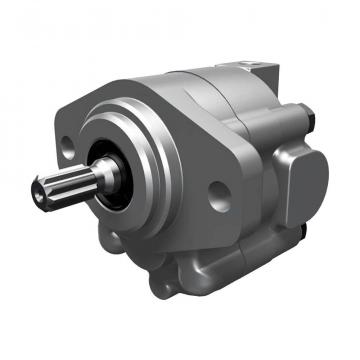 Large inventory, brand new and Original Hydraulic USA VICKERS Pump PVM057MR07GE02AAB28110000A0A
Large inventory, brand new and Original Hydraulic USA VICKERS Pump PVM057MR07GE02AAB28110000A0A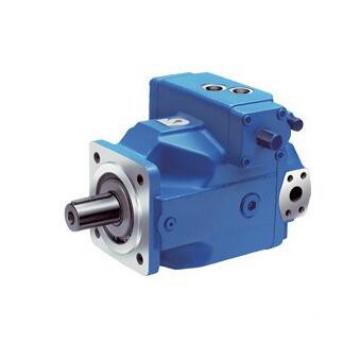 Large inventory, brand new and Original Hydraulic USA VICKERS Pump PVH131R02AF30B252000001001AA010A
Large inventory, brand new and Original Hydraulic USA VICKERS Pump PVH131R02AF30B252000001001AA010A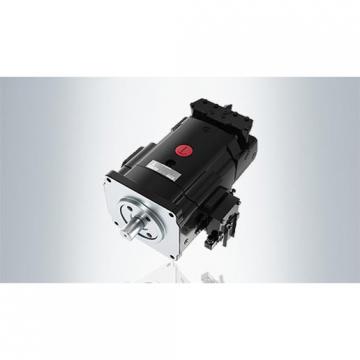 Large inventory, brand new and Original Hydraulic Parker Piston Pump 400481003321 PV270R1L1M3NYLC+PV270R1L
Large inventory, brand new and Original Hydraulic Parker Piston Pump 400481003321 PV270R1L1M3NYLC+PV270R1L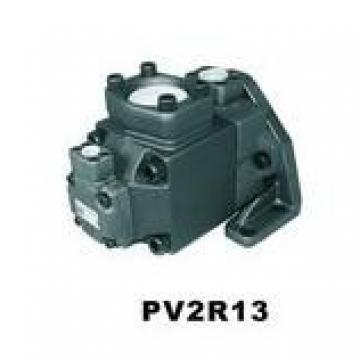 Large inventory, brand new and Original Hydraulic Parker Piston Pump 400481004200 PV270R9K1T1NUPZK0045+PVA
Large inventory, brand new and Original Hydraulic Parker Piston Pump 400481004200 PV270R9K1T1NUPZK0045+PVA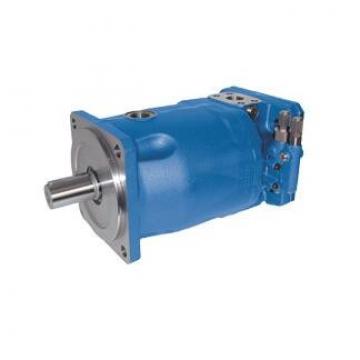 Large inventory, brand new and Original Hydraulic USA VICKERS Pump PVM063ER09ES02AAA21000000A0A
Large inventory, brand new and Original Hydraulic USA VICKERS Pump PVM063ER09ES02AAA21000000A0A
Original SKF Rolling Bearings Standard Timken Plain Bearings From USA Original famous brands Spherical Roller Bearings Original famous brands Aligning Ball Bearings Standad Hydraulic drawbench kit Timken Electrical Service parts NSK Ball Bearings Country of origin Japan High quality mechanical spare parts. All kinds of brand Bearings SKF,NSK,NTN,Timken NSK Single Row Deep Groove Ball Bearings All kinds of brand Roller bearings Timken,SKF,NTN